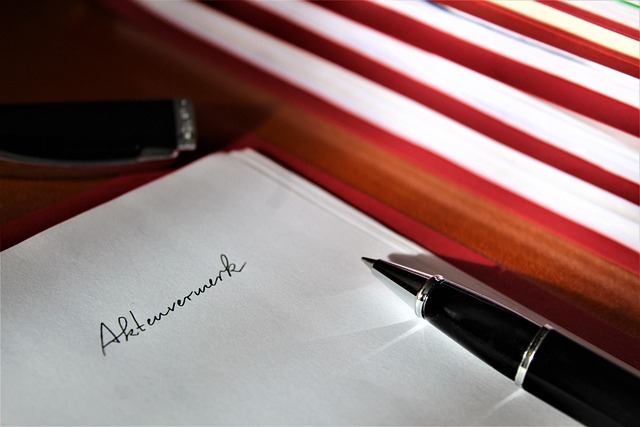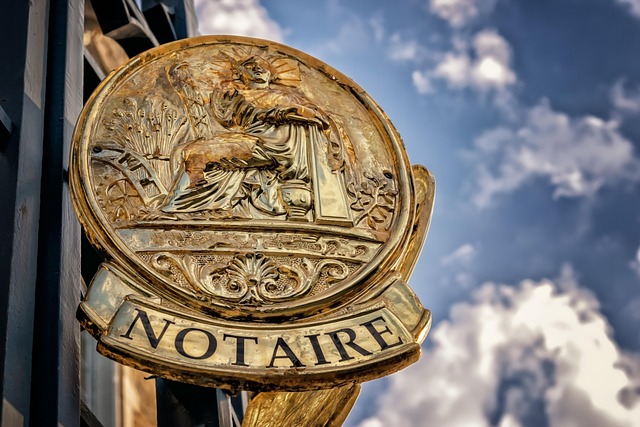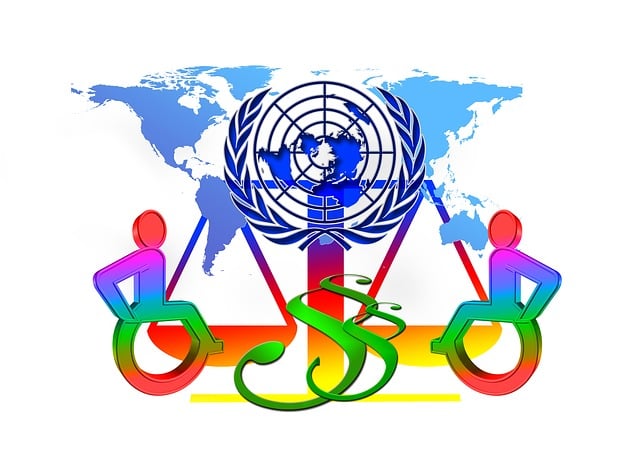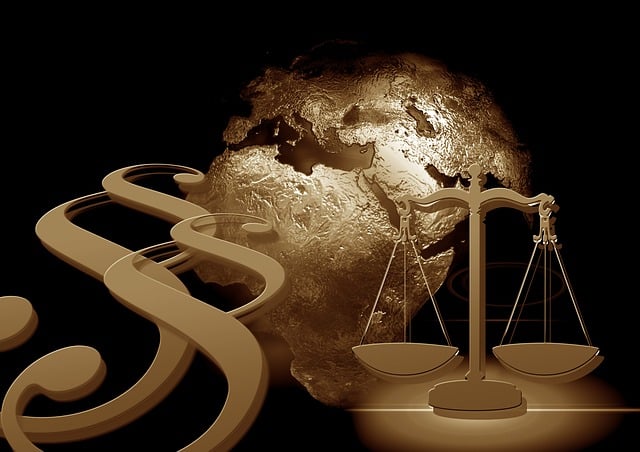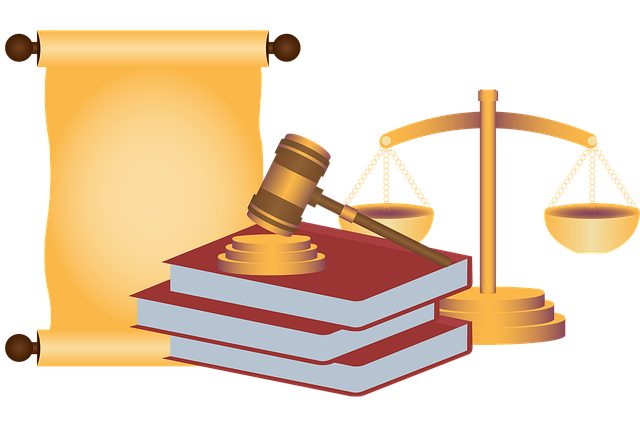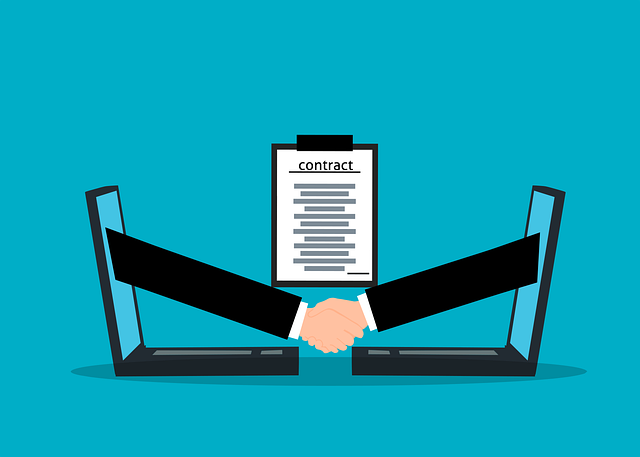Visual evidence is paramount for slip and fall lawyers, especially when representing clients in cases like nursing home abuse. High-quality photographs capture incident details, highlighting potential hazards and negligence. These images strengthen case narratives, persuade judges and juries, and secure faster resolutions through settlements or verdicts. For effective documentation, focus on clear, relevant shots of the accident scene and hazardous conditions from various angles and lighting conditions.
“In the realm of legal representation, especially for slip and fall cases, visual evidence can be a powerful tool. Photographs play a pivotal role in enhancing your legal strategy as they provide concrete proof and help tell a compelling narrative. This article explores how professional images can strengthen your case, offering insights on capturing and presenting effective visual evidence. From documenting the incident scene to showcasing injuries, learn why photos are an indispensable asset for any slip and fall lawyer.”
- Enhancing Legal Cases with Visual Evidence: The Role of Photos
- Building a Compelling Narrative: How Images Support Your Argument
- Key Considerations for Capturing and Presenting Effective Slip and Fall Incident Photos
Enhancing Legal Cases with Visual Evidence: The Role of Photos
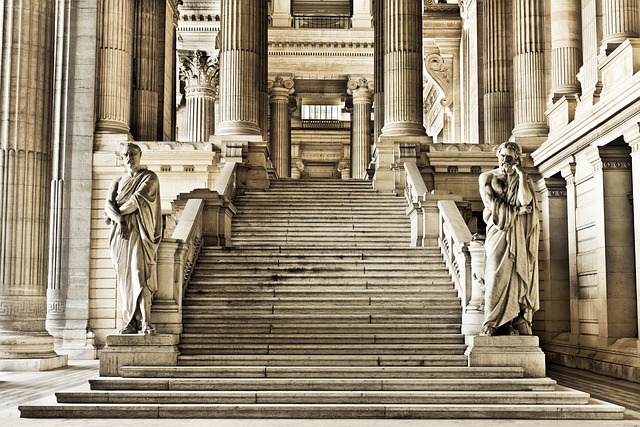
In the realm of legal representation, especially for slip and fall cases, visual evidence plays a pivotal role in enhancing the strength of one’s argument. For a slip and fall lawyer, photographs are not merely extras but crucial tools to build compelling cases. These visuals capture the essence of the incident, providing concrete proof that can be referenced during trials or settlements. A picture is often worth a thousand words, and in legal terms, it can make all the difference in securing justice for clients facing personal injury due to someone else’s negligence.
When presented with a slip and fall scenario, a skilled lawyer will quickly assess the situation and instruct their team to document it through high-quality photography. These images might include the exact spot of the incident, revealing potential hazards or evidence of negligence, such as loose flooring, spilled liquids, or inadequate signage—all of which can be crucial in proving liability, especially in cases like nursing home abuse where documentation is essential for holding institutions accountable. The use of photography allows lawyers to effectively communicate complex legal arguments and illustrate the impact of these incidents on their clients’ lives, ensuring a stronger case and potentially faster resolutions through settlements or verdicts in favor of the slip and fall lawyer’s client.
Building a Compelling Narrative: How Images Support Your Argument
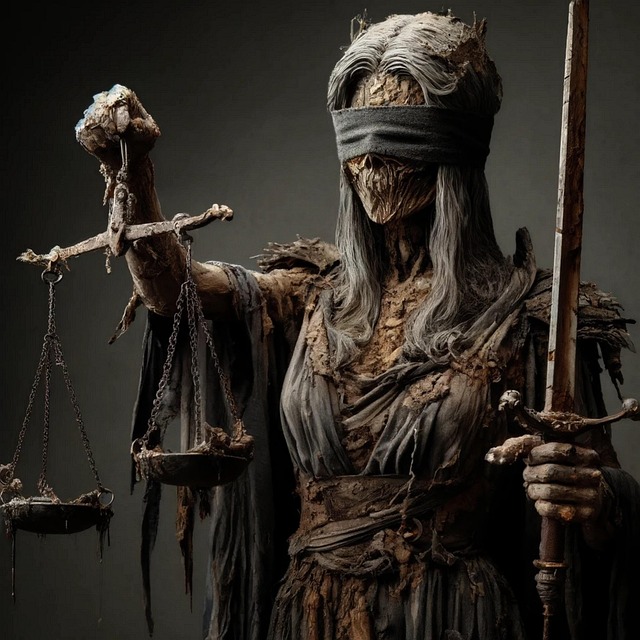
Photos play a pivotal role in strengthening the narrative for a slip and fall lawyer. Visual evidence can vividly depict the circumstances surrounding an accident, providing crucial context that words alone might struggle to convey. When presenting a case, images offer a powerful tool to illustrate the severity of the incident, the unsafe conditions that led to it, and the resulting impact on the victim’s life.
A compelling visual narrative can help persuade both the judge and jury. For instance, photographs showing the location of the fall, visible hazards, or previous maintenance issues can serve as concrete evidence to support your argument. They provide an objective view, allowing the legal team to build a clear and persuasive case, ultimately increasing the chances of a favorable outcome for the accident attorney and their client. This visual partnership in storytelling is invaluable in navigating complex insurance disputes and securing just compensation for those affected by slip and fall incidents.
Key Considerations for Capturing and Presenting Effective Slip and Fall Incident Photos
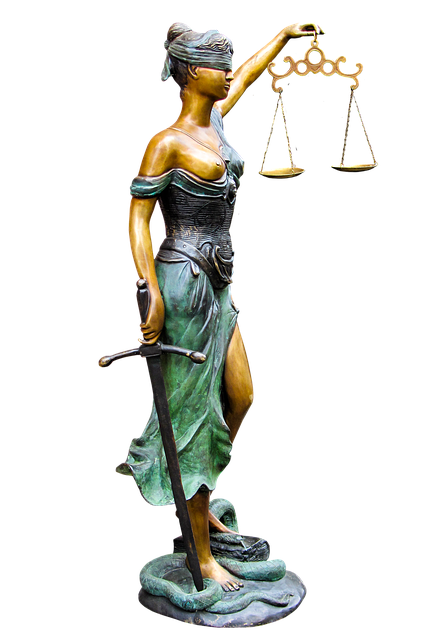
When documenting a slip and fall incident for legal purposes, the quality and relevance of photos cannot be overstated. A seasoned slip and fall lawyer knows that visual evidence is powerful, as it can vividly convey the circumstances leading to an accident. Capture clear images of the exact spot where the incident occurred, focusing on any visible defects or hazardous conditions that may have contributed to the fall. Include multiple angles, close-ups, and wide-angle shots to provide a comprehensive view for your attorney.
Consider time of day and weather conditions, as lighting can significantly impact the presentation of evidence. In cases involving real estate disputes or accidents like car collisions, photos should encompass nearby structures, signage, and potential safety barriers. For elder abuse claims, documenting mobility aids, flooring surfaces, and any signs of neglect are crucial. Presenting these photographs in a structured, labelled format will ensure their effectiveness in supporting your case when dealing with slip and fall lawyer proceedings.
Photos play an indispensable role in strengthening slip and fall cases for legal professionals. By providing visual evidence, these images can significantly enhance the presentation of a client’s claim, effectively communicating the incident’s impact and severity. With carefully composed and contextualized photographs, a slip and fall lawyer can build a compelling narrative, leaving little room for doubt or skepticism from the jury. Thus, mastering the art of capturing and presenting these images is crucial in securing favorable outcomes for clients involved in such incidents.
